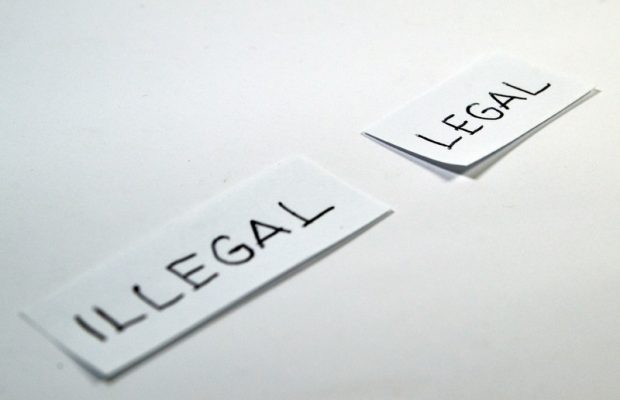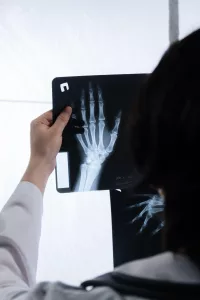Can i use a Logo that is not Trademarked?

Trademark is defined in the Trademark Act, 1999 as, “trade mark means a mark capable of being represented graphically and which is capable of distinguishing the goods or services of one person from those of others and may include the shape of goods, their packaging and combination of colours.”
If you have a logo, it is best that you get it trademark. Even if you don’t get a trademark, there is not a problem. But there are various benefits of getting a logo trademark, you can enjoy plenty of privileges. Here are some of the privileges when you get your logo trademark:
- You get exclusive rights over the trademark; you can enjoy the use of all the products falling under the same class. The owner gets the ownership right, and any person who is using the trademark will have to face consequences.
- It helps your company/Startup build trust and goodwill initially. Especially for a start-up, it takes a long time in creating goodwill and trust but just by registering a trademark, you can do it easily. It helps in creating a customer base, which is loyal to the brand.
- It helps people create distinctions between different products. Having a registered trademark logo can make your product look different from the others, especially the competitors. For example, there are different kinds of toothpaste in the market, but the design/logo can easily help you understand which toothpaste belongs to which company.
- A trademark can help you understand the quality of the product, by setting up a benchmark. A unique logo can attract a new customer base, and help them shift from your competitive brands to yours
- It helps in the creation of an asset, intellectual property. The registered trademark can be sold, franchised, signed or commercially traded once it has been registered. It is an intangible asset, which is one of the greatest advantages faced by most companies and organisations
- If any person uses your trademark, without your knowledge or authorization, the person can be held liable for infringement. India has strict laws for such infringement and can penalize a person for damages.
- In India having a trademark registration is cost-friendly, you need not pay lakhs of rupees to get a trademark. All you need to do is just apply online and you can get your trademark registered. Just make sure that you renew your trademark whenever required.
- You can also register your trademark in other countries if you have it registered in India.
- It becomes very easier to attract human resource, highly qualified professionals to work in your company once you have a trademarked logo. Professionals trust your company and have a belief that it might evolve in the future. Therefore, this reduces the cost of hiring individuals, because they come attracted.
DIFFERENCE BETWEEN A TRADEMARK AND A PATENT
While a trademark is a mark, it may be a word, phrase, picture, or anything else that is used to identify the source of products or services. A patent is a right granted to an inventor to make, use, or sell the invention. A trademark protects the goodwill of a company whereas a patent protects the idea. Trademark is generally awarded for distinctiveness whereas patent is awarded for non-obvious Ness and novelty. Having a trademark registration is not mandatory but having a patent registration is compulsory. The renewal time for a trademark is 10 years whereas the renewal time for a patent is 20 years.
IF IT IS, THEN THERE CAN BE OBJECTIONS?
It is discretionary to apply for a trademark but when you are applying for a trademark keep in mind section 18 of the trademarks act. This section tells you the right way and the requirement for any person to apply for a trademark. All it says is that it should be in writing, along with the name of the mark, the class under which these goods and services are categorized along with the period for which the trademark will be used. It also contains various other personal details such as the address and name of the person who is applying for such trademark.
Trademark registration helps in preventing infringement or manipulation in the market. There are chances while the registration process, the general public raises objections to the trademark filing. This can include a customer, a competitor or any other person from the general public. You might be wondering how this happens, once the trademark comes for registration it is advertised in the trademark journal and then any person who is opposing such trademark oppose it within three months.
It is generally done at the intellectual property appellate board aka IPAB, and while filing for such objection the person needs to furnish details and grounds on which such a position has been made. If it is considered valid, the trademark registration will be rejected but if the grounds are irrational, the process will continue further








